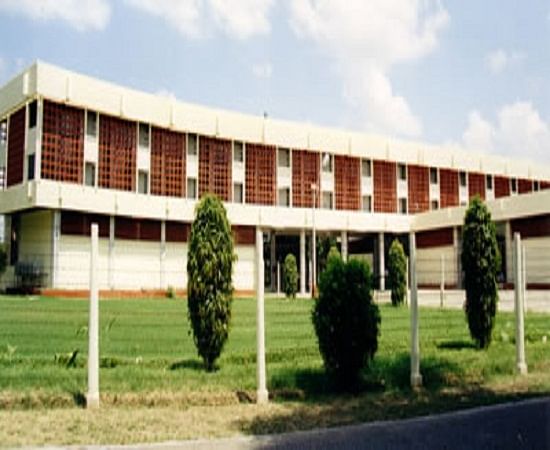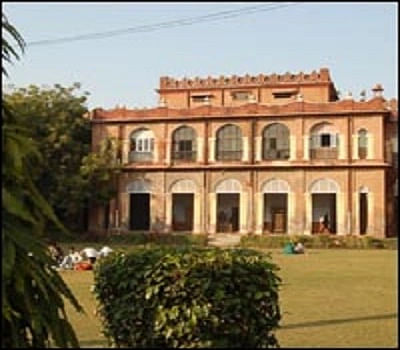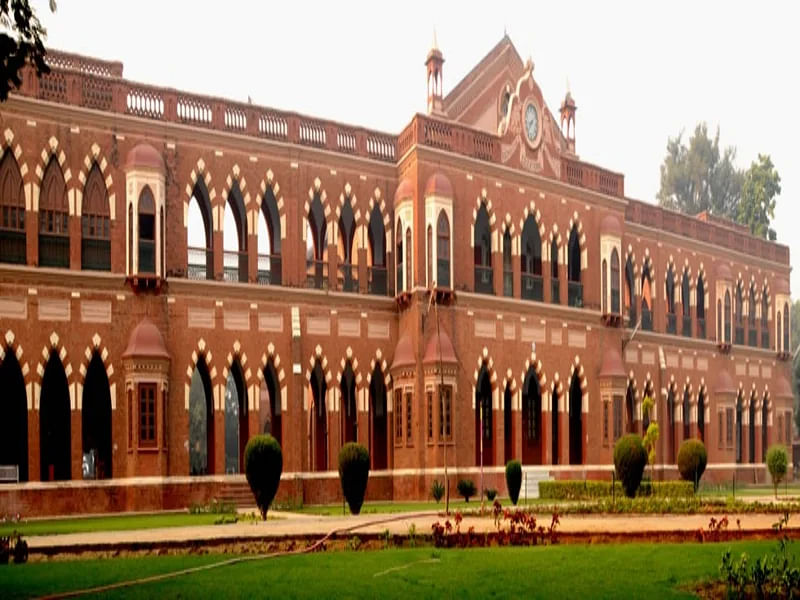The NJIL & OMD, originally established in 1966 as the India Centre of JALMA and managed by the Japanese Leprosy Mission for Asia, became a part of the Indian Council of Medical Research (ICMR) in 1976.Renamed in 2005 it focuses on research in leprosy (40%), tuberculosis (40%), HIV (10%), and filariasis (10%). It has contributed to advancements in DNA fingerprinting, drug resistance, and disease management.
Equipped with state-of-the-art facilities like BSL-3 labs, DNA chip labs, and modern hospitals, the institute leads research and coordinates multi-centric studies on leprosy and tuberculosis. It also runs field programs in Ghatampur and Agra
National Jalma Institute of Leprosy and other Mycobacterial Diseases Highlights
| Facts and Figures | Details |
|---|---|
| Year of Establishment | 1976 |
| University Type | Autonomous |
| Director of the Institute | Dr. Srikant Prasad Tripathy |
| Institutes Under National JALMA Institute | 1 |
| Total Books | 4000 |
| How to Reach | 6 km from Agra City Railway Station |
| Why Join National JALMA Institute? | |
| - Research Activities | Focus on Leprosy, Tuberculosis, and HIV research, with student participation encouraged. |
| - High-Calibre Faculty | Experienced professionals from top institutions. |
| - World-Class Infrastructure | State-of-the-art facilities, including advanced labs and modern research equipment. |
| College Website | www.jalma-icmr.org.in |
National Jalma Institute of Leprosy and other Mycobacterial Diseases Courses,Fees & Eligibility Criteria
| Streams | Degree | Program Type | Duration | Eligibility |
|---|---|---|---|---|
| General, Medicine, Chemical Science | Master of Science (M.Sc) | Full Time | 2 Years | Graduation |
| General, Medicine, Chemical Science | Doctorate of Medicine (MD) | Full Time | 3 Years | Post Graduation |
National Jalma Institute of Leprosy and other Mycobacterial Diseases, [NJILAOMD] Agra Highlights
| Institution Type | Private |
| Website | http://www.jalma-icmr.org.in/ |
National Jalma Institute of Leprosy and other Mycobacterial Diseases, [NJILAOMD] Agra Courses and Fee Structure
Courses offered by National Jalma Institute of Leprosy and other Mycobacterial Diseases, [NJILAOMD] Agra
M.Sc [Master of Science]
Offline On CampusMD [Doctor of Medicine]
Offline On Campus- Specialization:
- Medicine
PhD [Doctor of Philosophy]
Offline On Campus- Specialization:
- Biochemistry
National Jalma Institute of Leprosy and other Mycobacterial Diseases, [NJILAOMD] Agra Infrastructure
Facilities
- Cafeteria
- Library
- Laboratory
- Computer labs
- Medical Hospital
- Hostel
Gallery View All

![National Jalma Institute of Leprosy and other Mycobacterial Diseases, [NJILAOMD] Agra](https://media.getmyuni.com/azure/college-image/small/national-jalma-institute-of-leprosy-and-other-mycobacterial-diseases-njilaomd-agra.jpg)










